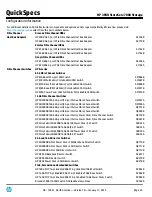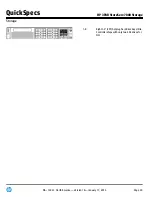
your data is classified. You can also monitor a selected group of users for attempts to save
unauthorized files.
File Classification Infrastructure: File Classification Infrastructure provides insight into your
data by automating classification processes so that you can manage your data more
effectively. You can classify files and apply policies based on this classification. Example
policies include dynamic access control for restricting access to files, file encryption, and file
expiration. Files can be classified automatically by using file classification rules or manually
by modifying the properties of a selected file or folder.
File Management Tasks: File Management Tasks enables you to apply a conditional policy or
action to files based on their classification. The conditions of a file management task include
the file location, the classification properties, the date the file was created, the last modified
date of the file, or the last time the file was accessed. The actions that a file management
task can take include the ability to expire files, encrypt files, or run a custom command.
Quota management: Quotas allow you to limit the space that is allowed for a volume or
folder, and they can be automatically applied to new folders that are created on a volume.
You can also define quota templates that can be applied to new volumes or folders.
File screening management: File screens help you control the types of files that user can
store on a file server. You can limit the extension that can be stored on your shared files. For
example, you can create a file screen that does not allow files with an MP3 extension to be
stored in personal shared folders on a file server.
Initial Configuration Tasks Wizard: Simplifies and accelerates new device deployment by presenting
basic system settings on your first boot.
Server Manager
Print Management Console: Manage multiple printers (license for unlimited printer support) from a
single console, whether locally or over the WAN
Unlimited Client Access Licenses (CALs) included
Processor / Cache Memory
Intel® Xeon® E5-2609 (2.40GHz/4-core/10MB/80W) Processor
Memory
Type
DDR3 Registered (RDIMM) standard
Standard
16GB (4 x 4GB)
DIMM Sockets
24
Network Controller
NIC Ports
4
Controller
HP Ethernet 1Gb 4-port 331FLR Adapter
QuickSpecs
HP 3PAR StoreServ 7000 Storage
Standard Features
DA - 14433 North America — Version 18 — January 17, 2014
Page 38














































